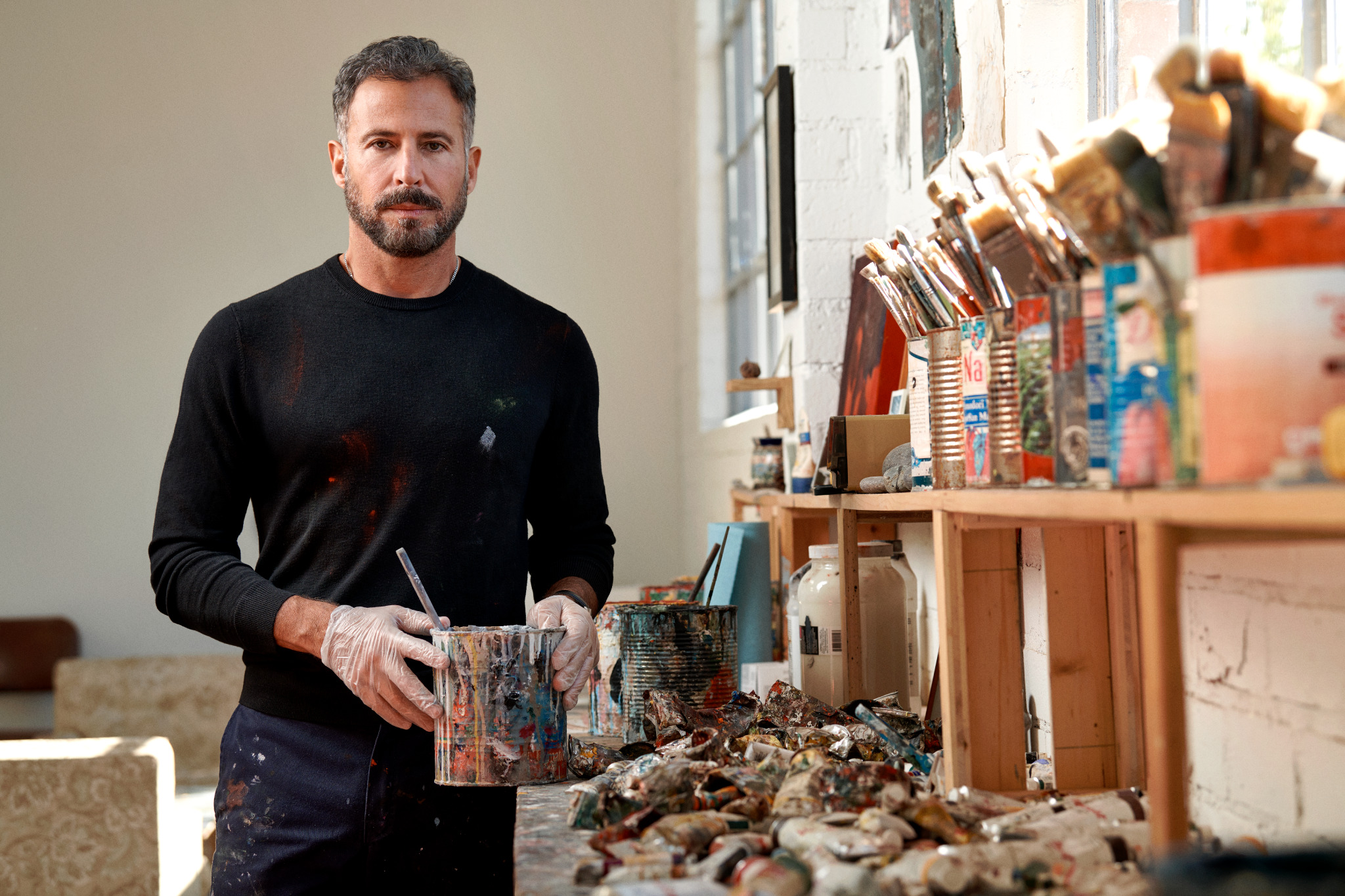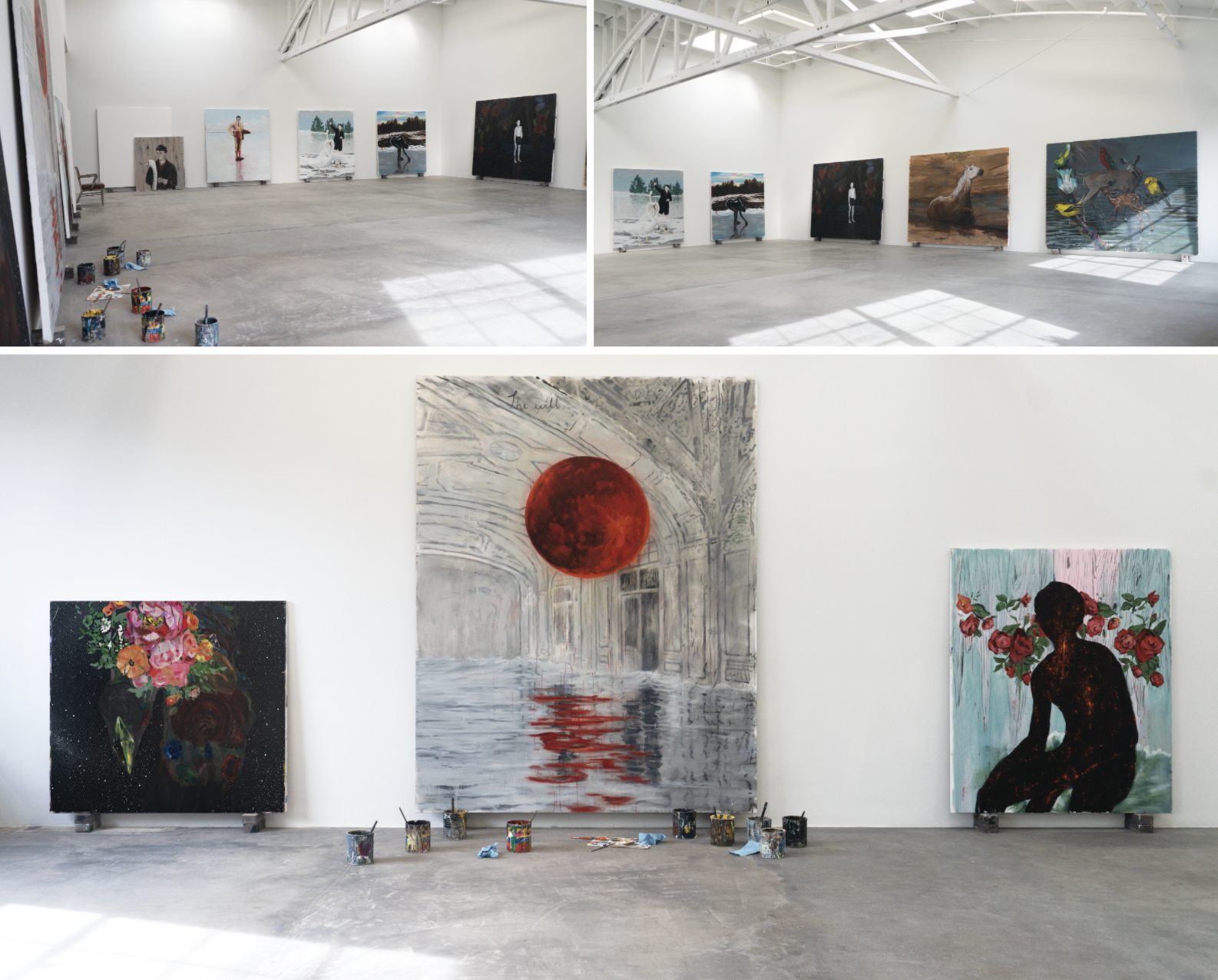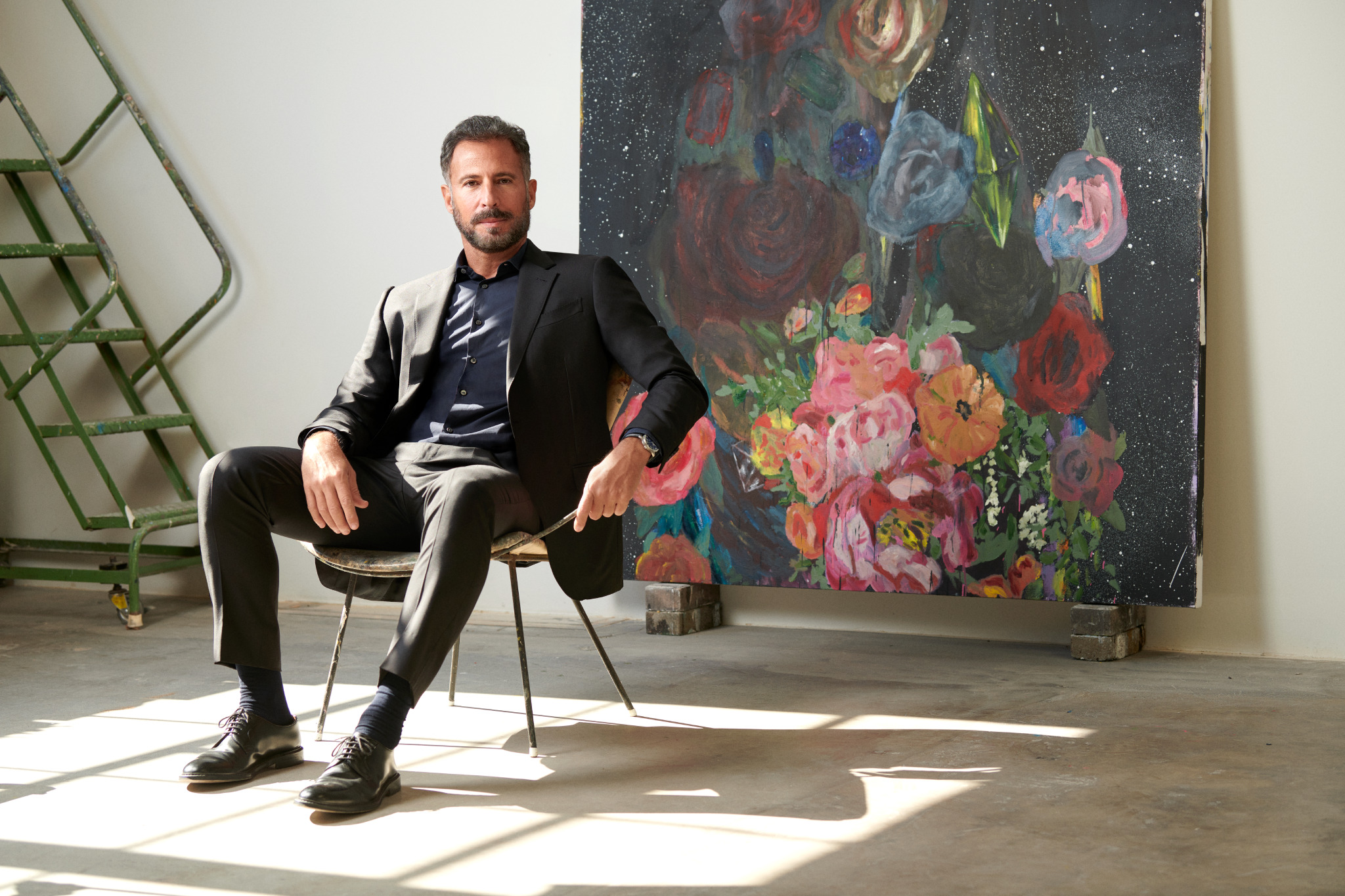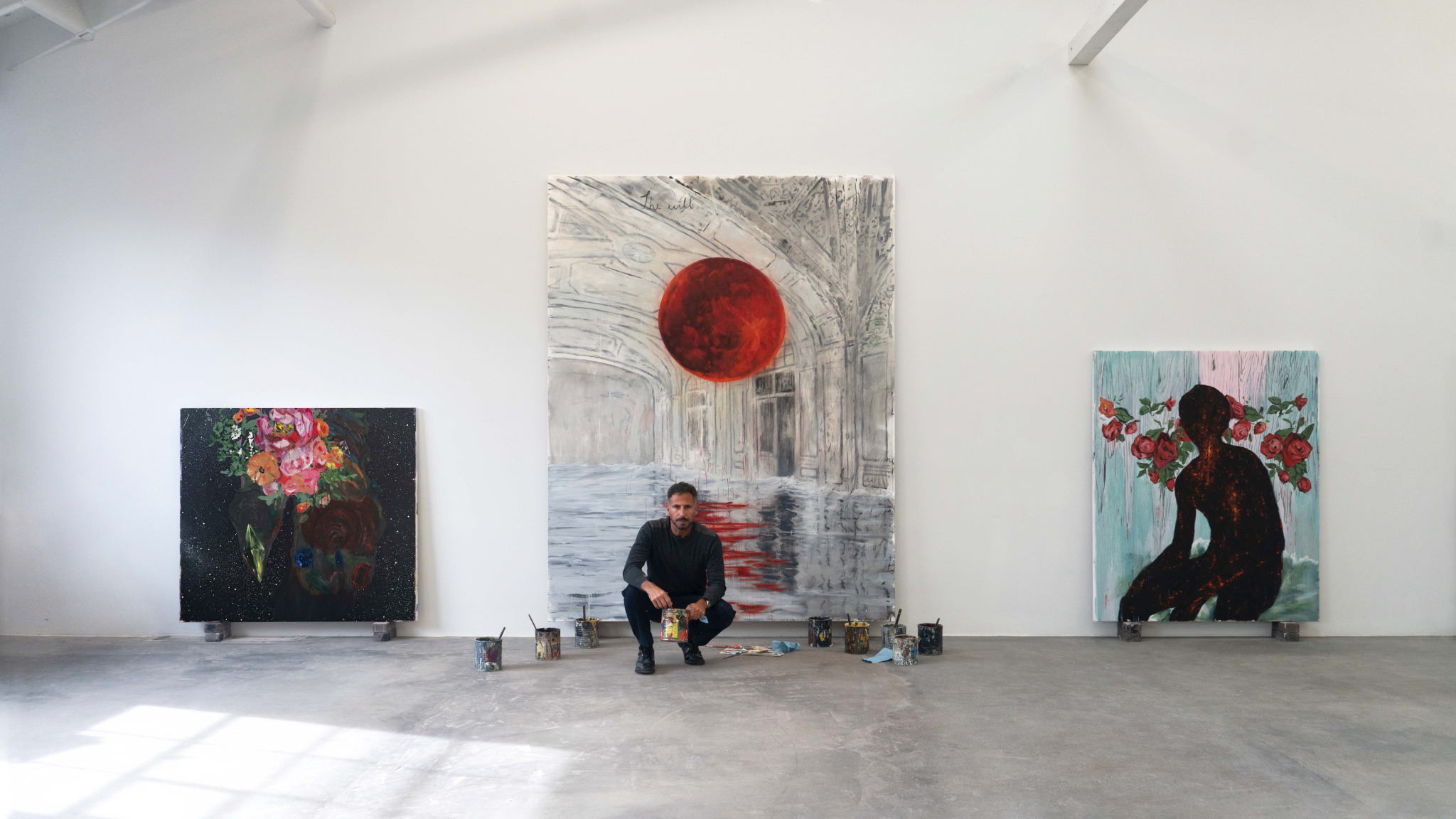
Art awakens one’s soul and creativity through its visual storytelling. And for the artist, author, professor, and physicist Enrique Martínez Celaya, the man behind The Rose Garden, creating artwork that speaks to introspection is one way in which he expresses emotive narratives. Much of his artwork focuses on “art that comes from and illuminates life,” Celaya mentions to EDITION, as well as motifs that display an array of themes centering on time, home, one’s identity, and the fragility of the world.

Celaya was born in Cuba and raised in Spain and Puerto Rico. He says the first time he came to the United States was for college in upstate New York and made his journey to a few other institutions, which ultimately landed him in L.A. Celaya states, “I like southern California. I love the mountains that go into the sea, the oaks, and the dusty paths on a hike, and the ‘unfinishedness’ of L.A., its insecurities, and its power. I also like being a Latin guy in Los Angeles. Spanish is everywhere, and it is easy to feel part of something while also being an outsider. This duality is both disconcerting and useful.” This synchronicity is touching, as many of Celaya’s artwork reflects this internal struggle of being an outsider while also displaying a sense of independence and power.

With Celaya’s upbringing being so multicultural and living in many places, he adds, “migration and my experiences in Cuba, Spain, and Puerto Rico have expanded and sharpened my natural inclinations towards introspection, concern with identity, consciousness, and home.” These fresh and new beginnings in each place, Celaya describes as an exile, which “removes many illusions that make life seem stable, familiar, and dependable.” This migration has impacted his artwork, as this expansion and identity awareness is visually portrayed within his art.
In Celaya’s artworks The Knowledge, The Redeemer, The Prayer, you will find subjects alone compared to their open surroundings. The Prayer is a sculpture of an animal that appears to be a deer hoisted up with metal wire. The way the sculpture is displayed allows the audience to interpret ambiguous meanings.
Color is also at play within his work, as Celaya’s palette varies tremendously across his pieces. Some works range from light and airy colors with high contrasting hues such as red, creating intensity adding a focal point. In other displays, Celaya uses darker values of earth tones, which creates a mysterious aura.

Celaya says the meaning behind The Rose Garden stems from T.S. Eliot’s Four Quartets as the inspiration. In Eliot’s Burnt Norton, the poem reads:
Footfalls echo in the memory
Down the passage which we did not take
Towards the door we never opened
Into the rose-garden.
Celaya says, “The rose garden for Eliot suggests a moment that draws all time together, including what is remembered, what never happened, what might be, and what is imagined. I also think of a rose garden as the kind of charged space one sometimes finds in fairy tales or religion, such as Gethsemane—a setting for the unfolding of meaning.” Viewers will see Celaya’s process come to life through this exhibition and one in which everyone can learn more about themselves as they study the pieces.

With Celaya’s background as a professor, he says, “Poetry and philosophy have been part of my work for a long time, and I am grateful for the opportunity to incorporate them into my teaching.” Having a balance between these worlds is an essential aspect of his artwork. Celaya adds, “I feel fortunate to have created a practice and a life that brings together what once were disparate interests—art, philosophy, literature, and physics.”
Celaya will debut his new solo exhibition The Rose Garden at UTA Artist Space in L.A. (February 16 – March 12), as well as three other institutions: The Huntington Library, Art Museum, and Botanical Gardens (on view through November 2022), USC Fisher Museum of Art (February 2 – April 9), and Edward L. Doheny Jr. Memorial Library (February 2 – April 9).